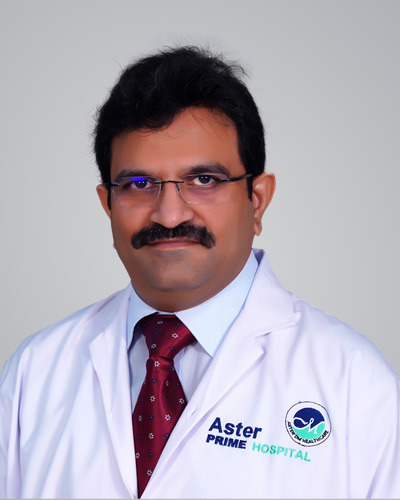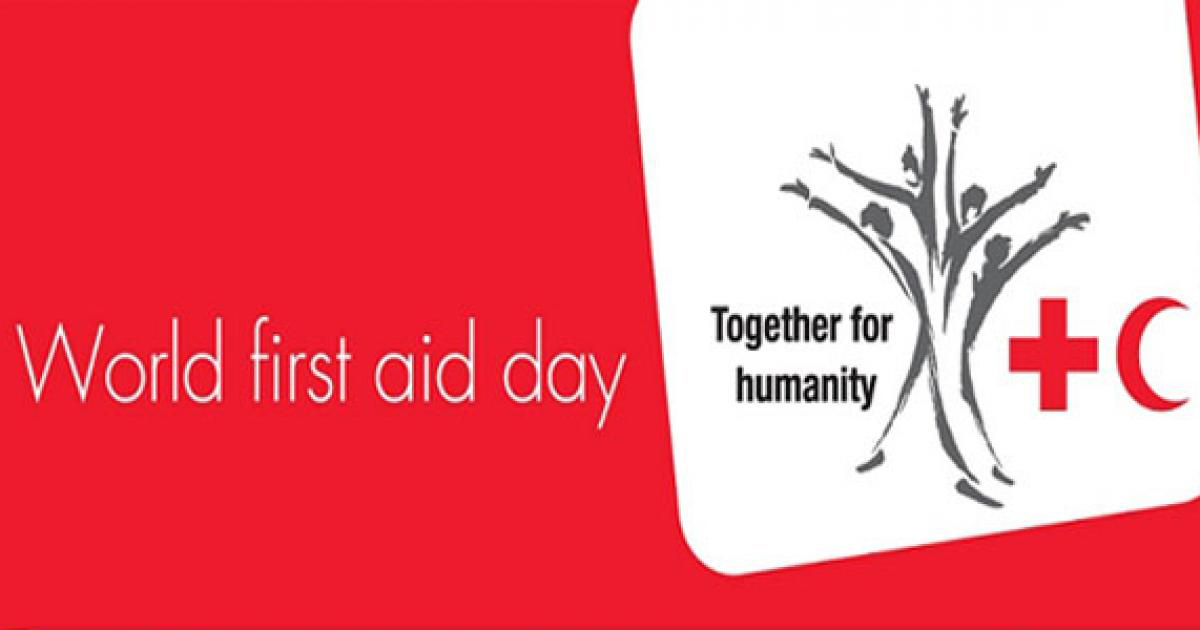Awareness and Mass Learning is the need of the hour
Introduction
Each Year thousands of people are killed in road accidents. At the same time lakhs of people are injured and many of them develop permanent morbidity and disability. Among these, in many of them death can be prevented and disability reduced if we can provide first aid and take care of them, before they are shifted to a hospital.
What can be done –
First check out, before helping any one, if you are going to be in danger and then check if the injured is in a safe place, if not, move the person to safety before administering first aid, for example if the injured is lying in the middle of the road, shift to the shoulder. Call for an ambulance and then start first aid.
If a person is unconscious but breathing, and has no other injuries that would stop them being moved, place them on to their side with the top knee bent and the head tilted up supported by the arm of the lower hand, monitor the person till the ambulance arrives.
If a person isn’t breathing normally, call an ambulance and start CPR. Even if you don’t know how to give rescue breaths, even hands only CPR is also useful.
When in doubt and you cannot differentiate if there is a fracture, treat it as a fracture until it can be proven otherwise, there is no harm in being cautious. Keep the injured limb still until the person is shifted to the hospital to prevent secondary damage. The simplest way to splint the limb is to tie it to the uninjured limb or a sturdy object; it can be made by using magazines, wood, or rolled up towels. Pad the injured extremity, if possible, by using a towel or cloth.
Place splint material on either side of the injured extremity and secure it in place using tape or gauze. Make sure that the splint is not too tight. The fingertips or toes in a splinted extremity should remain warm and pink. Splint will relieve pain to a large extent. An open or compound fracture occurs when the bone breaks through the skin. Do not attempt to push the bone back in and/or straighten the extremity. Bones that are in an abnormal position or bent should be splinted in place. Do not attempt to manipulate or correct an abnormally positioned bone or joint.
If the person is not too much in pain or you feel that there is going to be large gap in the arrival of the ambulance, a conscious, person in minimal pain can be shifted in a private car.
Don’t give the injured anything to eat or drink, even water, because they may need a surgery when they reach hospital and this will delay it, the person can also aspirate liquids into the lungs.
The most visible thing is blood and usually gets maximum attention. Many times, the amount of bleeding is overestimated and attention is diverted from other serious wounds. Whenever confronted with bleeding, perform a quick overview of the person to make sure something more serious is not being overlooked. The most effective way to stop bleeding from a wound is to apply direct pressure. Use a dressing or any clean material with which direct pressure can applied to the injured area. Continue to hold the pressure until the bleeding stops. It usually stops in about 8 to 10 mins. If there are multiple wounds, apply pressure dressings to the worst injuries first, and then to the lesser bleeding injuries.
Massive bleeding can occur due to extreme injuries such as open fractures or deep lacerations. When direct pressure does not control bleeding, especially in the limbs a tourniquet may be used. Tourniquets can consist of a blood pressure cuff, belt, or pre-made versions, if none is available, one can be made quickly using a piece of cloth and stick-like object. Understand that application of a tourniquet is painful but may be necessary to prevent life-threatening blood loss.
Tourniquet use is difficult and can be dangerous if done incorrectly. Direct pressure should be applied first.
- Apply tourniquet approximately two inches above wound.
- Tighten until the bleeding stops.
- Record the time the tourniquet was applied.
Impaled objects must be left in place. It is important to understand that the object may pinch off a blood vessel, and removal of the object may result in massive blood loss from an injured blood vessel. Stabilize impaled objects with gauze and dressings and transport the person to the hospital.
It is imperative that lives can be saved, if the above mentioned first aid techniques are used by people near to the victim before the medical aid can reach the location. Understanding the importance of having knowledge, everyone must learn and create awareness about these first aid techniques. This will surely help accident victims to recover well before they reach nearby hospital.
Article is prepared by

Aster Prime Hospital, Ameerpet, Hyderabad.







Comment here